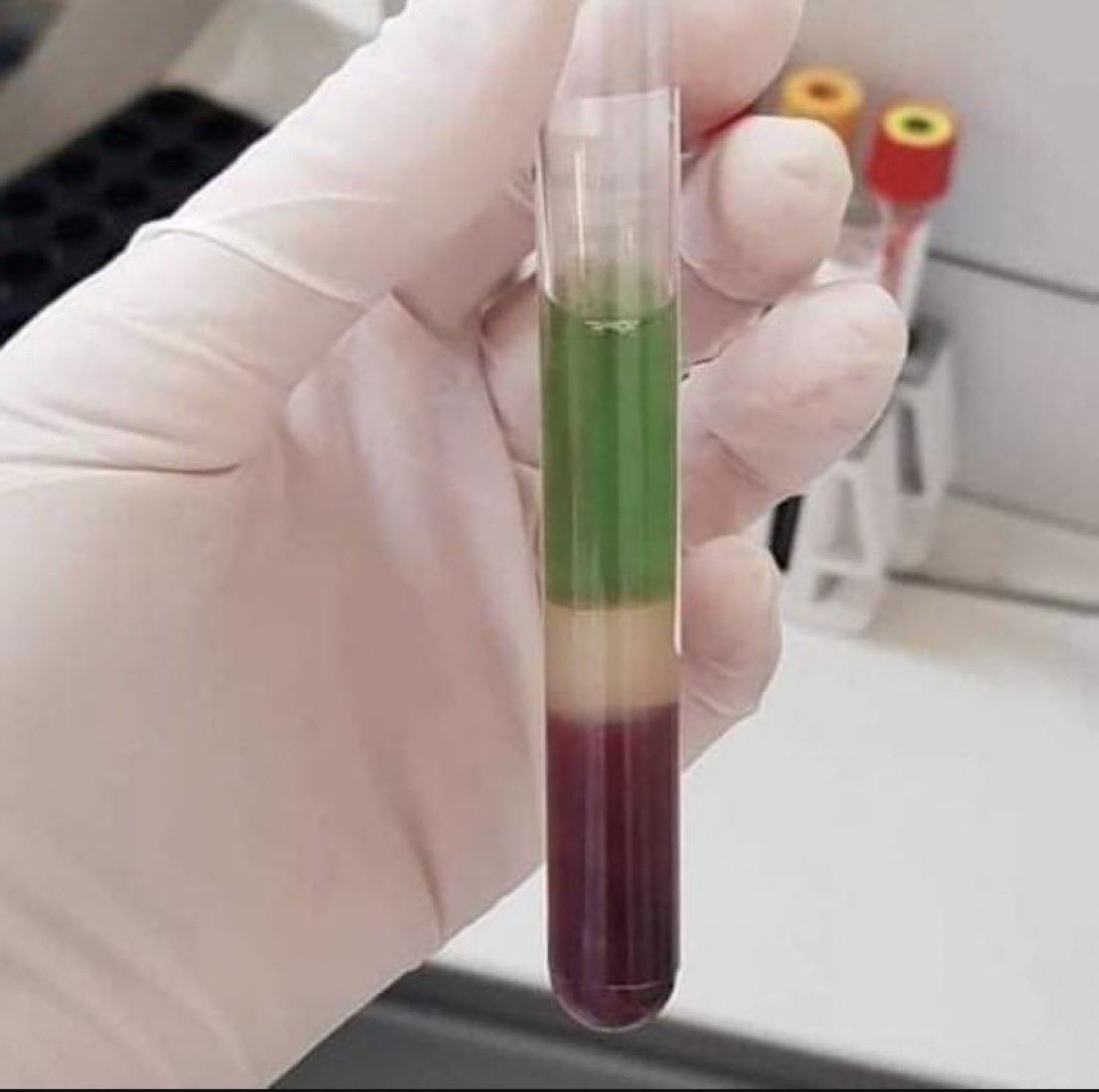Sulfhemoglobinemia Symptoms and Diagnoses
Sulfhemoglobinemia is characterized by the presence of sulfhemoglobin (SulfHb) in the blood, a form of hemoglobin that cannot carry oxygen effectively. This can lead to a variety of symptoms, which can range from mild to severe depending on the level of sulfhemoglobin in the blood. Some of the symptoms associated with sulfhemoglobinemia include:
Cyanosis: A blue or grayish discoloration of the skin and mucous membranes, particularly noticeable on the lips, fingers, and toes. This is due to the reduced oxygen-carrying capacity of the blood.
Shortness of Breath (Dyspnea): Difficulty breathing or a feeling of not getting enough air, which may occur due to the low levels of oxygen in the blood.
Fatigue: Feeling tired or weak, which can be a result of the body's tissues not receiving enough oxygen.
Headache: Persistent headaches may occur due to decreased oxygen delivery to the brain.
Dizziness or Lightheadedness: Altered cerebral oxygenation can lead to sensations of dizziness or lightheadedness.
Tachycardia: An increased heart rate as the heart attempts to compensate for the decreased oxygen delivery by pumping more blood.
Central Nervous System Symptoms: In severe cases, confusion, seizures, or coma can occur if the brain is deprived of oxygen.
Chocolate-Brown Colored Blood: The presence of sulfhemoglobin gives the blood a darker appearance, which can be observed during a blood draw.
Gastrointestinal Symptoms: Nausea or vomiting can occur, although these are non-specific symptoms.
The severity of symptoms usually correlates with the concentration of sulfhemoglobin in the blood. Mild cases may be asymptomatic and discovered incidentally. Since the condition is rare and the symptoms can be non-specific, sulfhemoglobinemia can be difficult to diagnose without specific blood tests.
Sulfhemoglobinemia is a rare condition characterized by the presence of sulfhemoglobin in the blood. The condition can be caused by exposure to certain drugs and chemicals that contain sulfur or can metabolize to release sulfur. These substances can include:
Sulfonamides - A group of antibiotics that can sometimes cause sulfhemoglobinemia as a side effect.
Phenacetin - An analgesic and antipyretic drug, largely withdrawn from use due to its side effects, including sulfhemoglobinemia.
Metoclopramide - A medication used for nausea and gastroesophageal reflux; it has been reported to cause sulfhemoglobinemia in some cases.
Dapsone (diaminodiphenyl sulfone) - Used for a variety of dermatological and medical conditions; it's a well-known cause of sulfhemoglobinemia.
Phenazopyridine - Used to relieve urinary pain, it can also result in sulfhemoglobinemia.
Acetanilide - A painkiller no longer in use due to its toxic side effects, including sulfhemoglobinemia.
It's not just medications that can cause this condition; exposure to certain chemicals, such as aniline dyes, nitrites, and sulfides, can also result in sulfhemoglobinemia.
Example of a sulfide:
The principal use of aniline in the dye industry is as a precursor to indigo, the blue of blue jeans. Cake of indigo dye, which is prepared from aniline.
Nitrite anion is a pervasive intermediate in the nitrogen cycle in nature. The name nitrite also refers to organic compounds having the –ONO group, which are esters of nitrous acid.
Pyrite (iron sulfide) is most common. Other relatively common sulfides include chalcopyrite (copper iron sulfide), molybdenite (molybdenum sulfide), sphalerite (zinc sulfide), galena (lead sulfide), and cinnabar (mercury sulfide).
Sulfhemoglobinemia is diagnosed through a blood test that demonstrates the presence of sulfhemoglobin, which does not respond to treatment with methylene blue, unlike methemoglobinemia (a similar condition affecting the blood's ability to carry oxygen).
It's worth noting that some cases of sulfhemoglobinemia are idiopathic, meaning no clear cause is identified. The treatment is largely supportive and focused on removing the offending agent.


Comments
Post a Comment